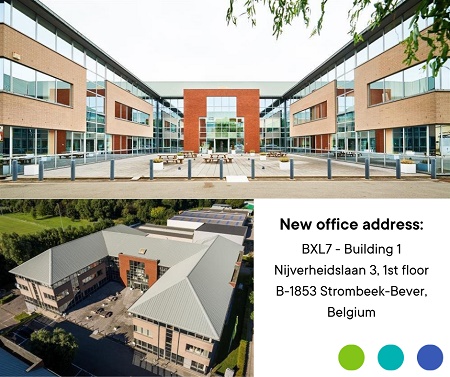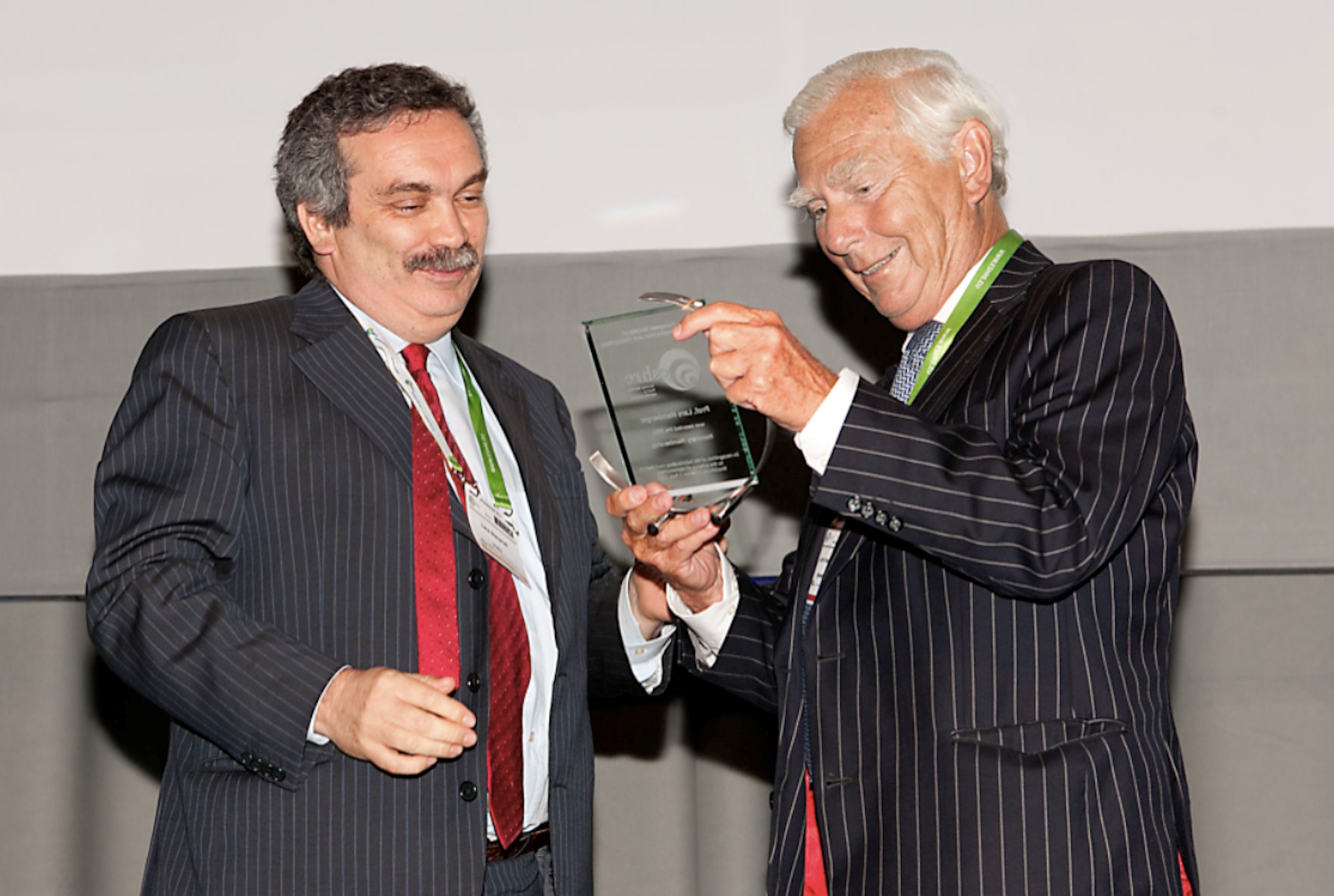2021
14 December 2021
European Atlas of Fertility Treatment Policies
The Atlas is a project between Fertility Europe and The European Parliamentary Forum for Sexual and Reproductive rights, which scores and color-codes the different European countries with regards to their fertility treatment policies. ESHRE was involved in the development of the Atlas, and the data used to construct it originates from the ‘Legislation and reimbursement” paper.
Anita Fincham, Manager of Fertility Europe stated that “Every country deserves to be a perfect country with good regulations granting equal, safe and efficient access to fertility treatment to all who need it; good regulations that consider rights and wellbeing of all parties involved including children and donors. Fertility treatment should be offered as part of health system without discrimination against sexual orientation and civil status. This Atlas is to support the European and national policymakers in understanding how to make their country perfect.”
15 October 2021
Joy Delhanty 1937-2021
Her colleague Joyce Harper, a former Chair of the PGT Consortium, pays tribute
It is a great sadness to report the death of Professor Joy Delhanty, who passed away on 1 October after a short illness. Joy was Emeritus Professor of Genetics at University College London and was one of the pioneers of preimplantation genetic testing (PGT). She was an inspirational colleague during the formation of ESHRE’s SIG Reproductive Genetics in 1994 (ESHRE’s first SIG) and three years later the PGD Consortium.
After graduating in zoology from University College London, Joy joined the Galton Laboratory for Human Genetics and there discovered the first human triploid embryo and the first example of chromosome translocation leading to familial Down syndrome. Later, with her work progressing naturally to genetic diagnosis in preimplantation embryos, the application of dual fluorescent in situ hybridisation with X and Y specific probes led in 1993 to the birth of the first baby correctly sexed by FISH.
The information that her group gained with PGD by FISH and later by CGH (comparative genomic hybridisation) revealed the full extent of the exceptionally high frequency of chromosomal mosaicism in cleavage stage human embryos. This had important implications not only for PGD but for understanding the significance and origin of chromosomal defects in the human. It also provided an explanation for the high failure rate of so many IVF treatment cycles.
In October 1993 Joy became Director of the Clinical Cytogenetics Unit of University College London, and, with establishment of the UCL Centre for PGD with Joyce Harper in 1997, her group continued to report chromosome anomalies in oocytes and in particular the extent of gonadal or germinal mosaicism.
Joy supervised 25 successful PhD students, obtained 27 research grants and published over 180 peer reviewed papers. Her students included Dagan Wells, Darren Griffin, Sioban SenGupta, Elpida Fragouli, Mara Simopoulou and many more.
30 September 2021
A new address for ESHRE’s Central Office
ESHRE has new headquarters. After 17 years at its former premises in the Brussels suburb of Grimbergen, ESHRE has moved its Central Office to a new address and can now be found at
 BXL7 - Building 1
BXL7 - Building 1
Nijverheidslaan 3, 1st floor
B-1853 Strombeek-Bever, Belgium
The new premises are part of a larger office block, still on the edge of Brussels and not far from the ring road, with good access by public transport. There’s lots of natural light, says ESHRE’s managing director Bruno Van Den Eede, with more room for an ever growing staff and ESHRE’s frequent business and committee meetings. When the Society moved into its Grimbergen office in 2004, there were three full-time staff members; presently, there are 19.
With a relaxation of pandemic restrictions in Belgium, staff members are now operating on a mixed scheme of two days in the office and three working from home, which, by the end of October, will change to three in the office and two at home. The changes, adds Van Den Eede, will hopefully be the prelude to a more open educational programme in 2022 in which Campus workshops and the annual meeting are staged as live in-person/hybrid events.
14 June 2021
Lars Hamberger 1939-2021
ESHRE is saddened to learn of the death of Lars Hamberger, emeritus professor of Obstetrics & Gynecology at the University of Gothenburg, Sweden, and a founding member of the Society. Lars had attended the earliest formative meetings of ESHRE, and had joined the scientific committee for its first annual meeting in Bonn. From 1985 he represented Sweden on ESHRE’s first advisory committee, and in 1987 was elected to the Society’s second (and later third) executive committee.
Alongside his colleague Matts Wikland, Lars had established Sweden’s first IVF centre at the Sahlgrenska University Hospital in Gothenburg, where the Nordic region’s first IVF baby was born in 1982. He was appointed professor in O&G at Karolinska University hospital 1983 and a few years later returned to Gothenburg as professor of O&G at Sahlgrenska University Hospital, where his association with ESHRE – and his influence in IVF – continued to grow. Indeed, it was his work with Wikland which paved the way for one of IVF’s major steps forward; ultrasound-guided transvaginal oocyte retrieval would make IVF a less invasive procedure without laparoscopy, would improve success rates and help make IVF a more routine treatment.
Lars was local chairman of ESHRE’s 14th annual meeting in Gothenburg in 1998 and in 2011, at ESHRE’s 27th annual meeting in Stockholm, was awarded honorary ESHRE membership. Throughout this time he had also been an associate editor of Human Reproduction. Indeed, HR’s very first issue, published in January 1986, had featured as its cover illustration a macrophotograph in colour taken by Lars’s friend and colleague Lennart Nilsson, whose photographs were often presented at ESHRE meetings and illustrated their very successful book, A Child is Born, published in 1990.
His colleague in Gothenburg, Christina Bergh, remembers Lars as “unique in putting enthusiasm and inspiration into young doctors and scientists”. He also had an amazing ability, she says, to encourage people to do extraordinary things, such as persuading the director of Volvo to donate a new car as the poster prize at the ESHRE 98 annual meeting in Gothenburg.
ESHRE is now honoured to express its gratitude for the work of Lars Hamberger in the history of the Society and IVF and its condolences to his family and colleagues.

Stockholm 2011: Lars Hamberger receives his honorary membership of ESHRE from then chairman Luca Gianaroli.
23 March 2021
All CAMPUS meetings for 2021 will now be held virtually
Despite hopes to the contrary, all ESHRE’s Campus workshops planned to take place for the remainder of 2021 will now be staged as virtual events. The decision was taken at a meeting of the Executive Committee on 19 March and in the face of continuing uncertainty over the course of the coronavirus pandemic.
The decision means that the following meetings, as others so far this year, will now take place virtually:
* 9-10 September: Reproductive tissue engineering and fertility preservation
* 30 September-1 October: The genetics of male infertility
* 25-26 November: Genetic counselling in preimplantation genetic testing (PGT)
All other Campus meetings scheduled for April and May will be held virtually as announced (/Education/Calendar-Campus-events).
Despite the technical challenges – for organisers and participants – nine Campus meetings have been successfully staged so far this year, each with more than 100 attending remotely and posting their questions with the same enthusiasm as at a live meeting. This format, while now confidently adopted by organisers, presenters and audience, will be continued for Campus workshops throughout 2021.
Commenting on the Executive Committee’s decision, ESHRE Chair Cristina Magli said: “Of course, it’s a disappointment to all of us. We had hoped that vaccination roll-outs and continuing social restrictions might make a live meeting possible later this year, but events have now overtaken us and we had no alternative but to extend our virtual programme. The good news is that we are still able to bring the best experts to our Campus workshops and that all of us are still able to learn from them.”
11 March 2021
Focus on Reproduction is looking for new writers
Focus on Reproduction, ESHRE’s online news magazine, is looking to recruit a new selection of young (or even not so young) Society members to join its writing team. So if you have an inkling to combine your specialist professional knowledge with a little public writing, here’s your chance.
Focus on Reproduction has a long history with ESHRE, shifting from its original print format to online in 2015. It now holds a prominent place on ESHRE’s homepage and app with full news coverage of developments in a range of specialities and ESHRE activities.
Stories are produced and edited to professional standards and our new recruits will be selected for their professional expertise and writing skills. All texts are written and presented in English, but mother-tongue English is not a requirement – all copy is edited before publication. Focus on Reproduction has always had a strong readership, and is recognised as a reliable news service from ESHRE.
Those who welcome the opportunity to extend their writing interests should in the first instance contact Simon Brown the editor (simonbrownpress@gmail.com) with a brief note of their interests and expertise.
10 February 2021
Another bumper crop of new research
More than 1300 abstracts submitted for ESHRE 2021
ESHRE’s 37th Annual Meeting, which will take place as an online congress from 26 to 30 June, promises its familiar feast of new research and distinguished invited lectures. More than 1300 abstracts were submitted before the February deadline, all of them reporting new research and reflecting an ever buoyant spirit in reproductive medicine.
‘We feared that lockdowns and clinic closures might cast a shadow over abstract submissions, so we are thrilled with this year’s response,’ said ESHRE Chair Cristina Magli. In fact there were about 500 fewer submissions than in the record-breaking live-meeting years, but the 1317 submissions this year will still provide a bumper crop of selected oral presentations and posters. Next stage in the submission process will be refereeing and selection, which as ever will be conducted according to ESHRE’s blind scoring protocol. Results will be available by 26 April 2021.
‘It’s encouraging to see that so much research is still going on during this pandemic,’ added Cristina Magli. ‘There have been reports that scientific research has not been so badly hit for many years. So submissions this year are a reassurance that our clinical and laboratory work goes on, if not quite as before.’ Last year around 12,000 registered to attend the annual meeting remotely, so abstracts selected for oral and poster presentation this year can once again be assured of a big audience. And in advance of that ESHRE thanks all those who submitted abstracts with such willingness to share their work.
Keep an eye on future meeting programme developments here.